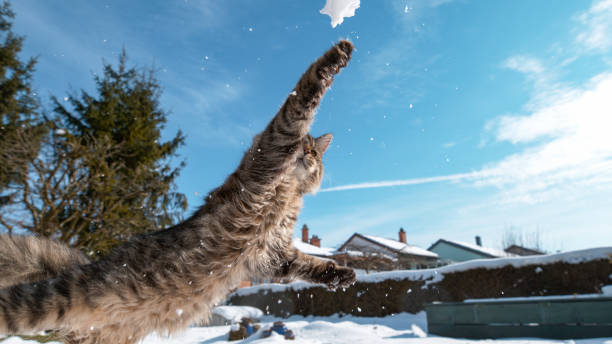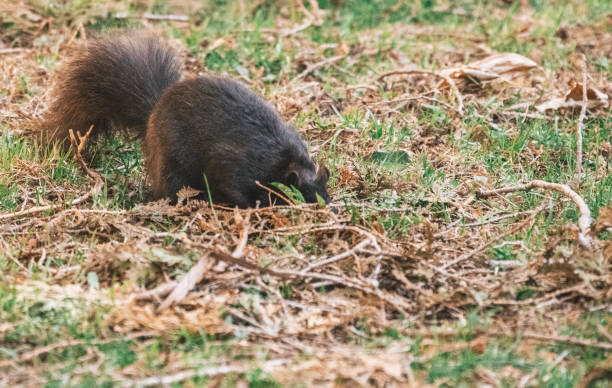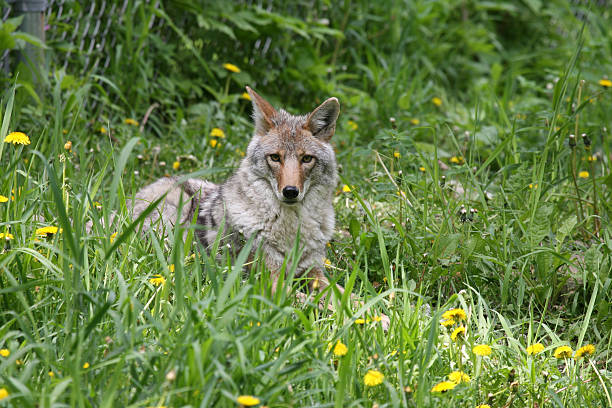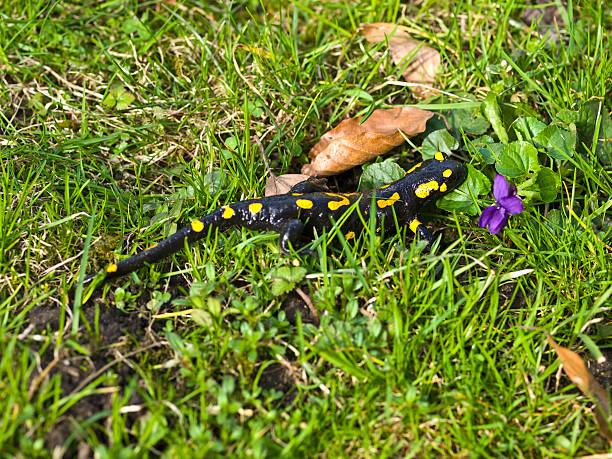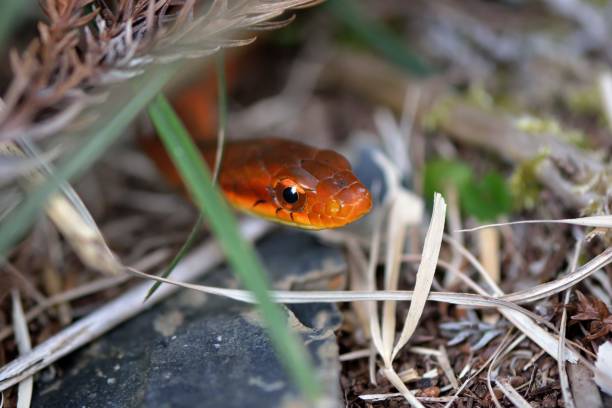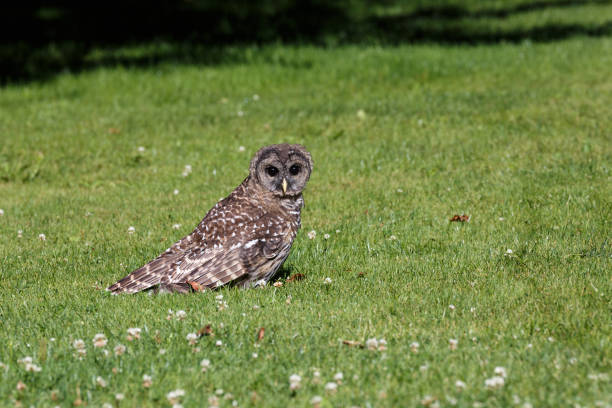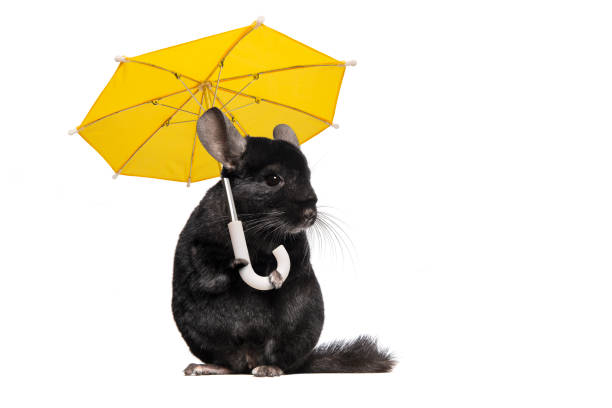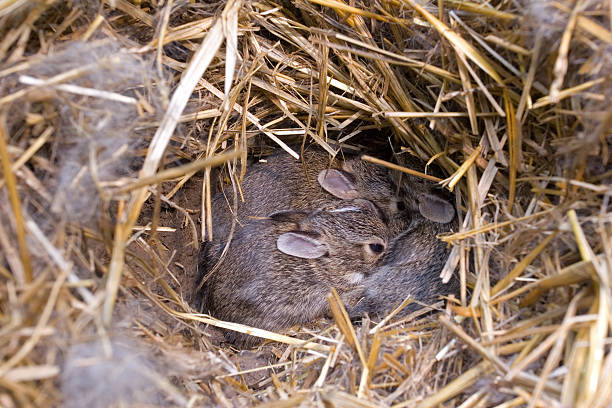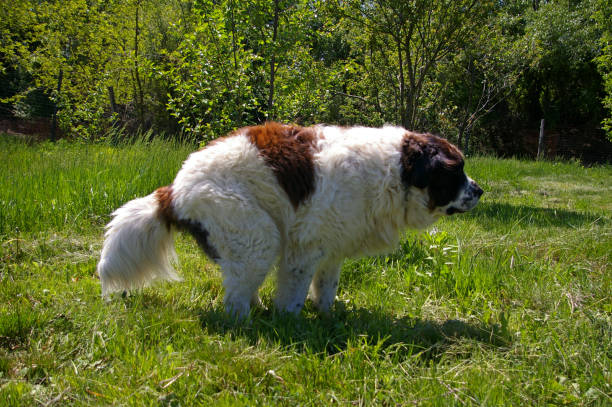How To Deter Bobcats From Your Yard?
This post contains affiliate links. This means I will make a commission at no extra cost to you should you click through and make a purchase. Read the full disclosure here.
Bobcats are beautiful and elusive creatures that inhabit various regions across North America. While they play a vital role in maintaining the ecosystem’s balance, having them frequently visit your yard can lead to conflicts and potential risks. This article will guide you through effective methods to deter bobcats from your yard, ensuring the safety of your family, pets, and property.
Introduction
When bobcats venture into residential areas, it can be a cause for concern. Understanding their behavior and implementing appropriate deterrence techniques is essential for coexisting peacefully. In this article, we will explore different strategies to discourage bobcats from frequenting your yard and provide insights into their habits and preferences.
Understanding Bobcats
Before delving into deterrence methods, it is crucial to familiarize yourself with bobcats. These medium-sized wildcats are native to North America and possess distinct physical features, including tufted ears, short tails, and striking spots or stripes on their fur. Bobcats are adaptable hunters and often thrive in various environments, from forests to deserts.
Reasons to Deter Bobcats
While bobcats are generally not a threat to humans, their presence in residential areas can lead to potential conflicts. Here are a few reasons why it’s important to deter bobcats from your yard:
- Pet Safety: Bobcats may view small pets as potential prey, putting them at risk of harm or even fatal attacks.
- Livestock Protection: If you have livestock or poultry, bobcats can pose a threat to their well-being.
- Garden and Property Damage: Bobcats might damage your garden, ornamental plants, or property structures while searching for food or marking territory.
- Safety Concerns: If bobcats become habituated to human presence, there is a risk of them losing their natural fear, potentially leading to bold or aggressive behavior.
Assessing Bobcat Activity
To effectively deter bobcats, it’s essential to determine the extent of their activity in your yard. This step will help you tailor the appropriate deterrence methods. Consider the following signs of bobcat presence:
- Tracks: Look for distinctive tracks in soft soil or mud.
- Scat: Bobcat scat is tubular and often filled with hair and bone fragments.
- Scratched Trees: Bobcats may mark trees with their claws.
- Scent Markings: Pay attention to strong odors or urine markings.
- Animal Sounds: Listen for unusual or distinctive calls at night.
Natural Deterrents
- Native Plants: Bobcats are less likely to be attracted to yards with dense, native vegetation. Incorporate plants that naturally repel them, such as prickly pear cactus or Mexican marigold.
- Predator Decoys: Placing realistic predator decoys, like large owl or coyote statues, can deter bobcats by creating an illusion of potential danger.
- Motion-Activated Sprinklers: Install motion-activated sprinklers that spray water when triggered by movement. Bobcats dislike being sprayed, discouraging them from entering your yard.
Physical Barriers
- Fencing: Constructing a sturdy fence around your property can be an effective deterrent. Opt for fences at least six feet tall, with the top portion angled outward, to discourage climbing.
- Electric Fencing: For added protection, consider installing an electric fence with wires placed a few inches above the ground and a few inches apart.
- Caging Techniques: If you have specific areas to protect, like chicken coops or beehives, secure them with strong wire mesh or hardware cloth.
Noise and Light Techniques
- Motion-Activated Lights: Install motion-activated lights around your yard to startle and deter bobcats during nighttime visits.
- Ultrasonic Devices: Use ultrasonic devices that emit high-frequency sounds only audible to animals, including bobcats. These sounds can be highly disruptive and unpleasant for them.
Scents and Repellents
- Predator Urine: Applying predator urine, such as that of coyotes or mountain lions, along the perimeter of your yard can discourage bobcats.
- Citrus and Spice: Bobcats are known to dislike the smell of citrus and strong spices. Sprinkle orange peels or powdered spices around your yard to create a deterrent effect.
Removing Attractants
- Secure Trash: Store trash in secure containers with tight-fitting lids to eliminate potential food sources that may attract bobcats.
- Pet Food and Water: Avoid leaving pet food and water bowls outside, especially during nighttime hours when bobcats are more active.
- Bird Feeders: Bobcats are attracted to the presence of birds and small mammals near feeders. Consider removing or relocating them away from your yard.
Behavior Modification Techniques
- Loud Noises: If you spot a bobcat in your yard, make loud noises, clap your hands, or shout to startle them and encourage them to leave.
- Hazing: In extreme cases, you may need to escalate deterrence efforts. Consult local wildlife authorities for guidance on hazing techniques, such as using noise-making devices or non-lethal projectiles.
Professional Assistance
If you are facing persistent bobcat-related issues, seeking professional assistance from wildlife control services or local animal agencies is recommended. They have the expertise to handle bobcat deterrence effectively while ensuring the animals are treated humanely.
Conclusion
By implementing these effective bobcat deterrence techniques, you can create a safer environment for both your family and the bobcats themselves. Remember to assess the extent of bobcat activity, use natural deterrents, install physical barriers, leverage noise and light techniques, employ scents and repellents, and remove attractants from your yard. In case of persistent issues, professional assistance is always available. Coexistence with wildlife is possible with the right strategies in place.
FAQs
Are bobcats dangerous to humans?
While bobcats generally avoid interactions with humans, it’s important to exercise caution and keep a safe distance.
How can I differentiate bobcat tracks from other animals?
Bobcat tracks are generally round and roughly two inches in diameter, showing four toes with retractable claws.
Can bobcats climb fences?
Bobcats are excellent climbers. To deter them, opt for fences at least six feet tall with an angled top portion.
Are bobcats protected by law?
Bobcats are protected by state laws in many regions. Check local regulations before considering any lethal measures.
Should I attempt to feed or approach a bobcat?
No, it’s crucial to keep a safe distance and avoid any form of interaction or feeding attempts.

